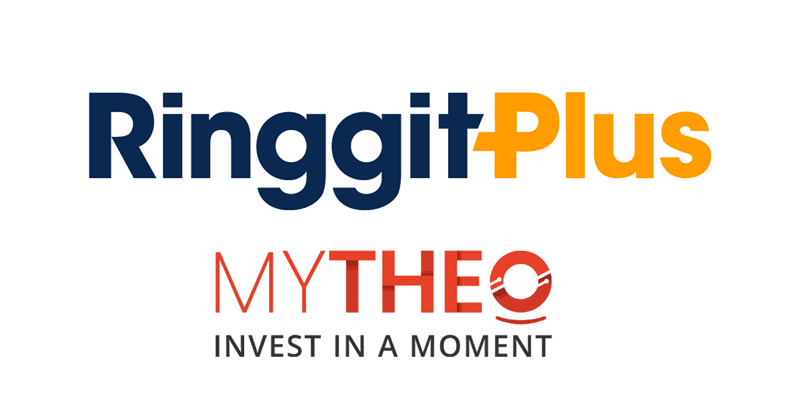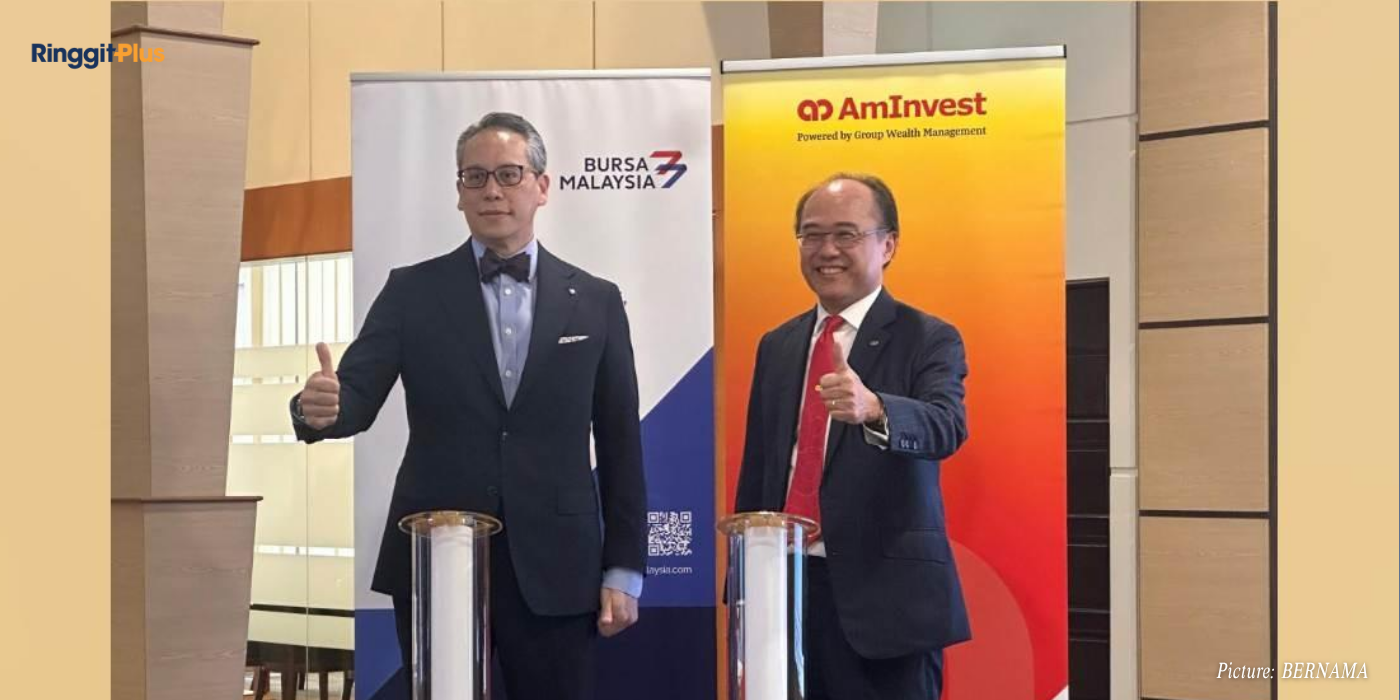Alex Cheong Pui Yin
17th November 2021 - 6 min read

All prudent investors recognise that each investment instrument comes with a degree of risk, from even the safest low-risk bonds and money markets to volatile stock markets. The key to a successful investing experience, essentially, is to build a portfolio that matches your risk appetite while reaping the best returns possible.
As such, it is critical to begin by determining your risk appetite; in other words, how much are you willing to lose for the potential to earn higher returns? Typically, a financial planner or advisor (if you have them) will help you establish this by getting you to answer some questions, and then making their own evaluations. With the rise of robo advisors, however, this process has been automated, allowing for a faster and more straightforward onboarding experience.
In this article, we will look at how robo advisors determine your risk appetite, as well as how it contributes to the building of your investment portfolio.
Robo Advisors: Determining Risk Profiles With Algorithms

Robo advisors employ the use of proprietary algorithms – usually developed via artificial intelligence (AI) and Big Data – to help them effectively determine a client’s unique risk profile before matching it with a suitable portfolio. To do so, each investor will be required to fill in a questionnaire that obtains information regarding their degree of risk aversion, financial status, as well as goals and desired return on investment (ROI) – among others.
Of these key topics, a big chunk of these questionnaires will focus significantly on sussing out the degree of risk that you are willing to take as an investor, either through qualitative or quantitative methods. In fact, a global study about the process of risk profiling by robo advisors highlighted that up to 32.6% of questions asked are related to the investor’s risk appetite (19.3% via qualitative or literal questions, 13.3% via quantitative questions).
Meanwhile, 24% of the questionnaires sought to gather information on their investment time horizon, goals, and ROI, whereas the remaining 43.4% focused on details such as the investor’s financial health, net worth, and employment background.
Among some common questions that you can expect to encounter include:
- What is your total monthly income?
- When do you expect to start withdrawing your investment?
- What are the composition of your existing investment portfolio?
- What are your priorities when investing?
- If your investment portfolio loses 10% of its value, what would you do?
Based on your responses to these questions, robo advisors will then run its algorithm and recommend one of the following risk profiles to you. In general, these can be the following (ranging from a continuum of low risk to high risk):
- Conservative
- Moderately conservative
- Moderately aggressive
- Aggressive
- Very aggressive
From there, the robo advisor will then recommend a portfolio suited to your risk profile, using the instruments and portfolios that are available to them.
Building Your Tailored Portfolio

Once they’ve assessed your risk tolerance and investment goals, robo advisors will build your portfolio, usually using exchange-traded funds (ETFs) which may cover a wide range of asset classes including government and corporate bonds, fixed income, equities, as well as commodities.
Most of the time, investors will be shoe-horned into a precise portfolio that matches their respective risk profiles. Those with a higher risk profile will have portfolios containing a higher percentage of equities (which carries higher risk) instead of bonds and fixed income (instruments with lower risk), whereas investors with lower risk appetite will have a higher allocation of government bonds and money market funds.
Meanwhile, there are also other robo advisors that offer the ability to structure an investor’s portfolio in a more customised manner. A good example of this is MYTHEO, which bases its investment approach on the “Omakase” concept and helps investors to personalise their portfolios by allocating a weightage from three functional portfolios that it manages, namely Growth, Income, and Inflation Hedge:
| Pillars of investment | Investment instruments | Target investors |
| Growth | – Diversified equity traded funds (ETFs) – Higher yield returns | Suited to investors who have a higher risk appetite and the willingness to invest for longer periods of time |
| Income | – Investments that offer dividends and/or interest payments – Lower returns, but more stable | Suited to risk-averse investors |
| Inflation hedge | – Assets that yield returns regardless of currency fluctuation – Examples include gold and properties | Suited to risk-averse investors |

MYTHEO starts by utilising a first-stage algorithm based on a set of profiling questions to determine the overall weightage of the three pillars in your tailored portfolio; for instance, someone who can tolerate more risk could have a portfolio with 87% Growth, 9% Income, and 4% Inflation Hedge allocation. From there, another set of algorithms will be used to construct the specific distribution of the asset classes under each pillar. With this distinctive two-stage portfolio construction process, you can expect a more meticulous vetting of investment products, offering access to more than 60 ETFs that cover diverse asset classes across multiple global regions.
In fact, MYTHEO itself shared that an investor’s portfolio could “indirectly own more than 10,000 securities globally. This diversification, in effect, allows for a better distribution of risk as adverse events impacting individual stocks – whether in certain industries or regions – will have limited impact on the overall portfolio – even in the higher-risk portfolios.
On the other hand, MYTHEO also caters to the needs of seasoned investors who prefer to have a little more control and flexibility over their portfolios. If you are comfortable with making your own investment decisions, you have the freedom to tweak the weightage of the three functional portfolios as you tap into MYTHEO’s expansive regional diversification. MYTHEO’s ETF universe spans five geographical regions, namely Asia Pacific, Africa, North America, South America, and Europe, providing plenty of geographical coverage.
As with other robo advisors, MYTHEO’s algorithms can rebalance and reallocate assets in your portfolio automatically to ensure that the investor’s portfolio is always optimised and suited to their risk profile while performing as ideally as possible regardless of market conditions.
***

Now that you have a better idea as to how robo advisors assess your risk appetite and build your personalised portfolio around it, you may want to consider checking out MYTHEO if you’re keen to begin investing on such platforms. Born from a joint venture between Japanese investment management and advisory services provider Money Design, and local enterprise Silverlake Digital INX, the Group has a proven track record of more than US$1.5 billion worth of asset under management (AUM) and 160,000 Japanese investors.
As an investor with MYTHEO, you can begin investing globally with a low entry amount of RM100, with subsequent top-ups also capped to a similar minimum amount. As for charges, its management fees ranges between 0.5% to 1% p.a., depending on your investment amount. MYTHEO promises that there are no trading, exchange, and redemption fees, as well as any other surprise charges.
If you’re ready to take the next step in your investment journey with MYTHEO, you can tap into an exclusive RinggitPlus offer that is ongoing until 31 December 2021 due to our partnership with MYTHEO. New customers who sign up with MYTHEO using our promo code (“MYTHEORP”) via this link will be entitled to a three-month management fee waiver from the approved initial deposit. Don’t miss out!





Comments (0)